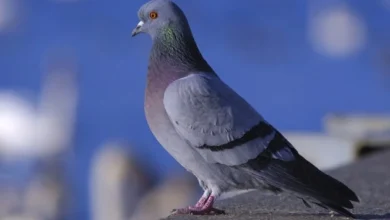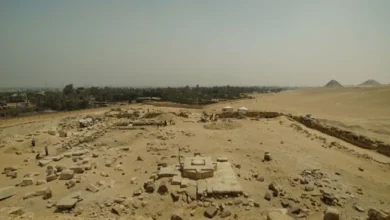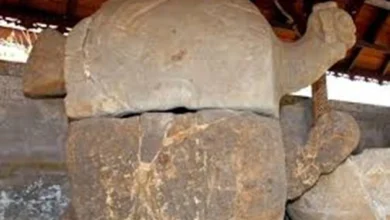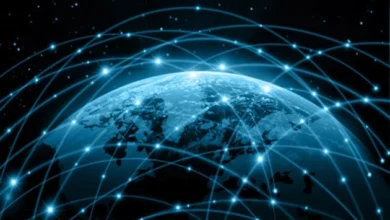What is known about the Great Pacific Garbage Patch
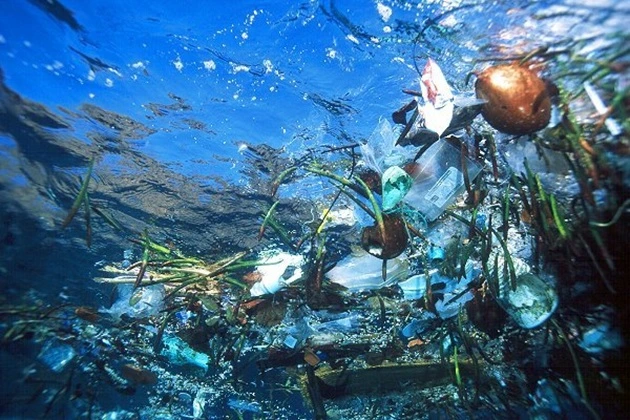
The island, more significant than several European countries, appeared near Hawaii 40 years ago and has been growing ever since, and what it threatens.
Scientists have long known that a new continent has formed in the Pacific Ocean. Its area and borders are approximate, and it is impossible to walk through this territory since plastic serves as “land.” This is the Great Pacific Garbage Patch or the Eastern Garbage Continent. How it appeared is an excellent and instructive story.
Where is the Great Pacific Garbage Patch
The garbage patch is located at coordinates 135-155° west longitude and 35-42 ° north latitude, approximately between California and the Hawaiian Islands. It is evident in space images.
Experts from the National Oceanic and Atmospheric Administration predicted its existence in 1988. At the same time, they relied on studies of individual sections of the Pacific Ocean and images of the Pacific Ocean from space. However, the American Charles Moore first saw the garbage patch with his own eyes in 1997. At first, the public did not take his words about a giant landfill in the Pacific Ocean seriously. But one day, a storm washed up tons of plastic products on the beaches of Hawaii, and people started talking about the Big Pacific Garbage Patch.
The size of a large garbage patch
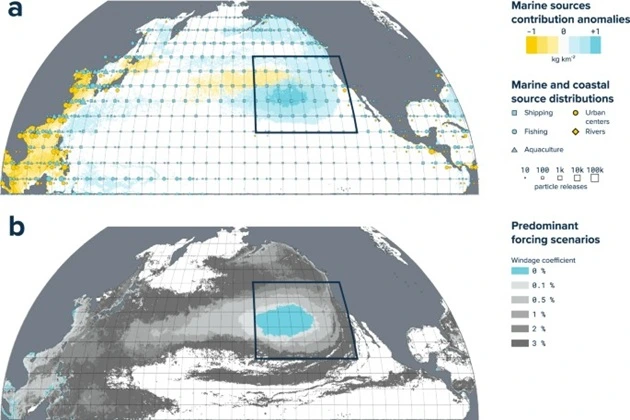
The area of the garbage island is more than 1.6 million km2. Yes, with an area of 165.2 million km2 of the Pacific Ocean, it seems like a drop in the ocean. Now imagine that the size of the Pacific garbage patch is equal to the area of France, Germany, Poland, and a couple of other smaller European countries.
Approximately 80,000 tons of plastic have been collected in the Pacific Ocean, according to a report published in Scientific Reports in 2018. Visit. A F R I N I K . C O M . For the full article. Of course, the dimensions are very approximate. The Eastern garbage continent, better known as the Great Pacific Garbage Patch, is a collection of waste floating in one place, including at depth.
How did the Big Trash Spot form?
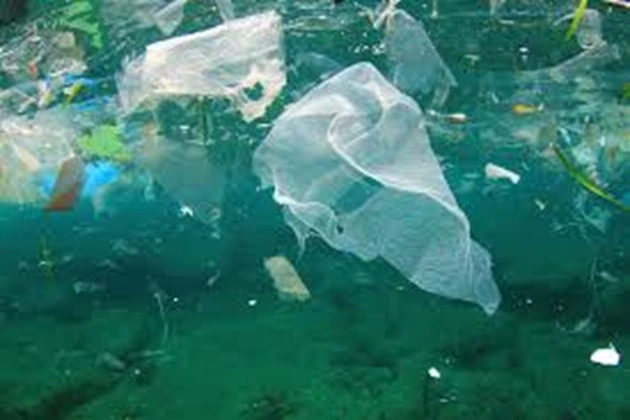
Unfortunately, the number of garbage spots has only increased since the discovery. Some garbage is thrown from ships, some from the shore, and some ends up in the ocean during storms and floods. And the waves of the North Pacific current system carry it further. Philip Sapozhnikov, a senior researcher at the Laboratory of Ecology of coastal bottom communities and candidate of Biological Sciences, explains in his reports on the Pacific Ocean:
The peculiarity of these currents is that they form a kind of whirlpool, inside which there is always calm. That’s why the waste doesn’t spread out over the ocean: the garbage spots gradually merge into one prominent place.
How does the garbage continent affect the environment
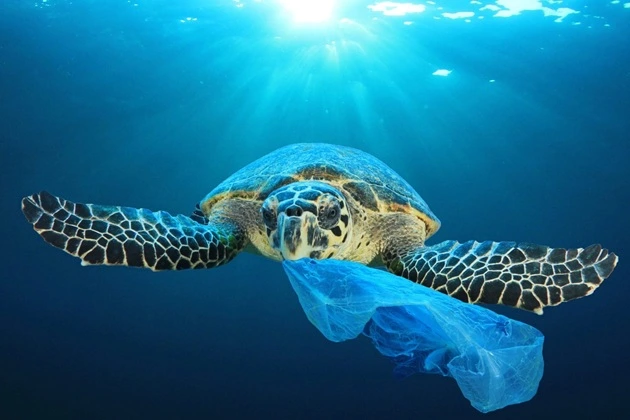
Of course, the presence of garbage spots in the Pacific Ocean affects the inhabitants of the depths. Products of different materials float in the waters, but plastic causes prominent harm. Unlike waste, which is biodegradable, it only breaks down into tiny particles under the influence of light. Fish often confuse them with plankton. As a result, they receive poisoning of varying degrees, and plastic flows further along the food chain, including reaching humans.
Fishing nets, where turtles and dolphins become entangled and die, are no less harmful. Many marine animals mistake cellophane bags and plastic for jellyfish and eat them, and then, dozens of kilograms of plastic are found in the stomachs of stranded animals. Scientists believe that Pacific debris damages more than 200 species of water inhabitants.
Ecologists and oceanographers began exploring the Great Pacific Garbage Patch in the late 2000s. Organizations dealing with the problems of global ocean pollution have been created. In 2017, environmentalists launched a campaign calling for the UN to recognize the Eastern garbage continent as a state. Even the name was suggested — The Trash Isles (“trash islands”). The campaign aimed to draw public attention to the problem and succeeded. Moreover, former US Vice President Albert Gore declared himself the first citizen of the new “State”.
The Dutchman Boyan Slat, who founded the non-profit foundation The Ocean Cleanup in 2013, also tried to solve the problem of garbage spots. According to the inventor’s idea, a unique device, a 600 m-long floating barrier, can clear the Pacific Ocean of debris. The structure captures the minor pieces, and an auxiliary vessel occasionally transports waste to the land.
The first version was tested at the end of 2018, after which the barrier was finalized and sent back to the Pacific Ocean in 2019. Four months later, Boyan Slat announced the tests’ success and promised to switch to mass work shortly. He is confident that a fleet of 60 such devices will be able to remove half of the Great Pacific Garbage Patch in five years. By 2040, the project will make collecting about 90% of plastic possible.
Other attempts are being made to clean up the Pacific Ocean. In the same year, 2019, the Kaisei Project expedition took place. The author is a specialist from the non-governmental organization Ocean Voyages Institute. In 25 days, they managed to catch 40 tons of garbage, including 5 tons of fishing nets.

